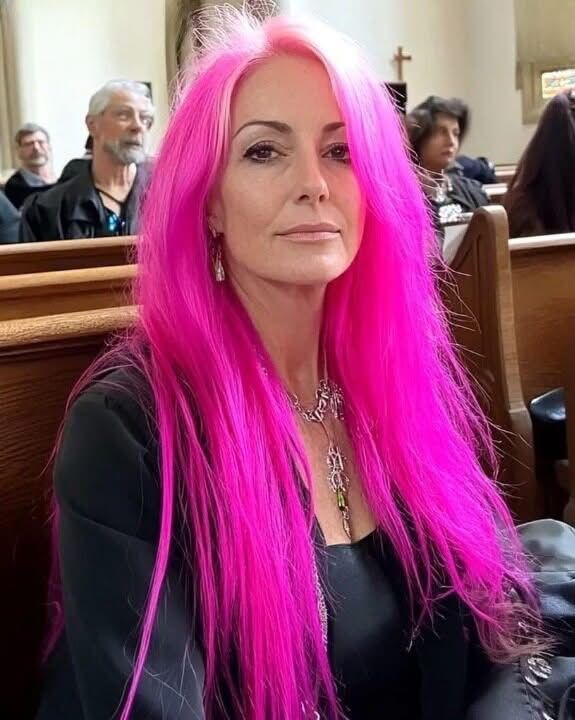In all honesty, I was taken aback by it. Taking a moment to rest, I was struck by the remarkable contrast between the quiet and traditional mood of the cathedral and the vibrant hue of her hair. When I was in that environment, I had never seen anything anything like that before. Throughout the years, there had been a succession of individuals, each with their own distinct style; yet, there was something that was distinct from the others. There was a sense that her look did not quite mesh with the spiritual space that we were surrounded by.
Now I am aware that we live in a world that places a high value on and encourages individuals to express themselves. Individuals are able to convey their personalities and feelings by the attire they wear, the hairstyles they choose, and other means. In addition, I am someone who enthusiastically embraces this concept in virtually any other environment, whether it be a coffee shop, a concert, or even the grocery store. In contrast, there was something about it that seemed out of place in the church.
The church has always been a location that, in my opinion, exemplifies the qualities of modesty and respect. The place where we come to be humble before something that is larger than ourselves, where reverence for the divine should take precedence over outward appearances, is a place where we come to respect the divine. The hues of the stained-glass windows, the gentle light that streams through them, and the elegance of the altar are all components that contribute to the creation of an atmosphere that encourages contemplation, prayer, and a peaceful sense of connection.
On the other hand, there was this woman, who was seated in the front pew with her bright pink hair aggressively sticking out and demanding attention in a manner that I had not anticipated. There was a gentle prayer that typically filled the air in that place, but it seemed as if her vivid haircut was louder than everything else.
I experienced a moment of internal conflict. When I was at a place that was supposed to be reserved for serious contemplation, I couldn’t help but wonder: Is there a place for such audacious self-expression? Wouldn’t it be more appropriate for a church to be a place of sanctuary, where the emphasis is placed on the spiritual rather than the material? I found myself questioning my own conceptions of what it means to show respect for the environment in which we find ourselves.
On the other hand, as I sat there and attempted to concentrate on the sermon, the first uneasiness I felt started to vanish. I became aware of the possibility that I had been too hasty to pass judgment. In the end, what exactly does it mean to be “in place” in a sacred space to the fullest extent? The church is intended to be welcoming to all people, regardless of their outward appearance or how they express themselves. When it comes to faith and reverence, the heart, the intention, and the connection that we create with the divine are among the most important aspects.
In her own unique manner, the woman with the pink hair was also looking for that connection, just like the rest of us were. The purpose of her presence was not to make a statement; rather, she was there to be a part of the community, to ponder, and to pray. And at that same instant, I came to the realization that it was not her physical appearance that was important; rather, it was the attitude that she, along with all of us, brought to the service that was meaningful.
On that particular morning, I left the chapel with a fresh point of view. My capacity to appreciate the diversity and individuality that comprise the body of the church was hindered because I had allowed my initial judgment to cloud my judgment from the beginning. Each and every person, regardless of the manner in which they express themselves, is welcome in the church.
Furthermore, in the end, it is possible that the daringness of her hair was merely another kind of self-expression, an external mirror of her interior journey, and a reminder that sacred spaces may accept a broad variety of experiences. Rather than focusing on conformity, the focus should be on discovering connection in whatever form it may take.
In spite of the fact that it started out with astonishment, that Sunday concluded with development, serving as a reminder that faith is not about conformity but rather about accepting the richness and diversity of all those who are looking for a place to belong.



